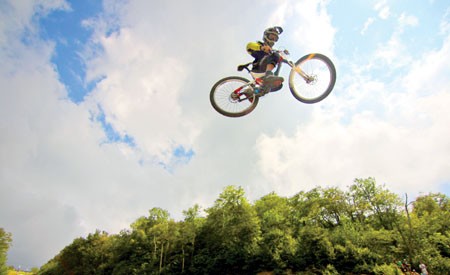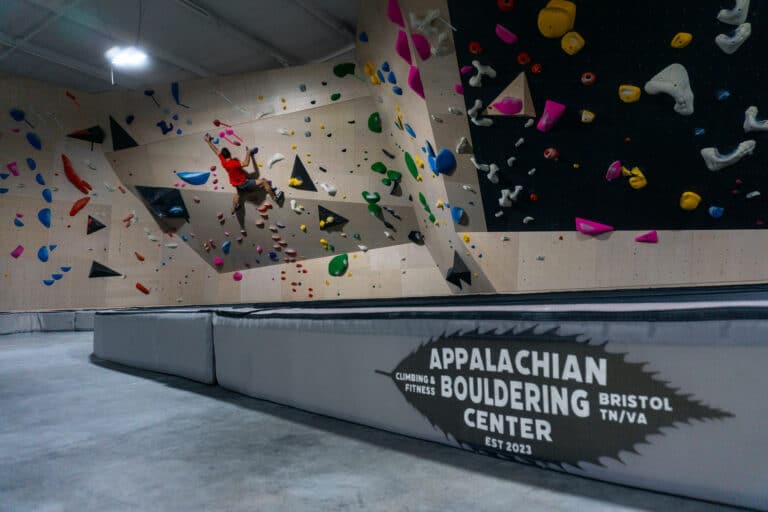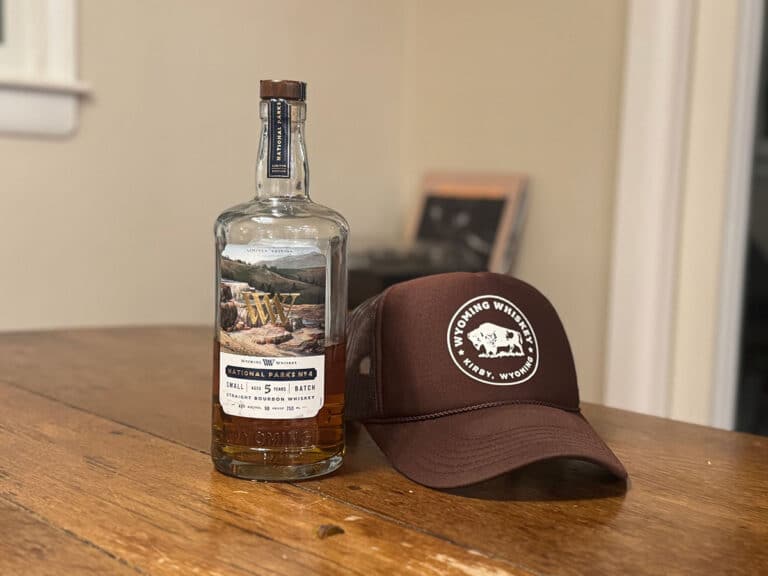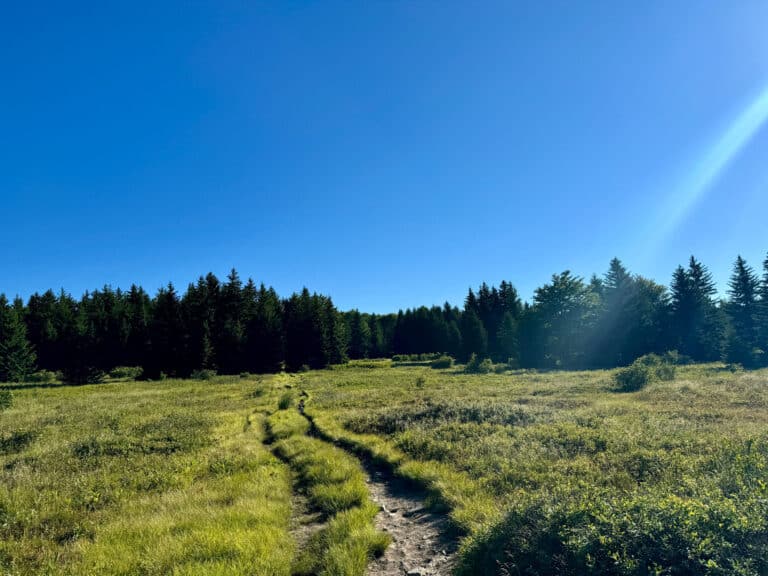 Neko Mulally sits quietly on his bike at the top of Beech Mountain near Boone, N.C. After years of training, the 18-year-old athlete from Reading, Pa., knows he has a unique opportunity today at the Downhill National Championships. In a sport dominated by mountain and West Coast athletes and events, he is ready to for the East to rise.
Neko Mulally sits quietly on his bike at the top of Beech Mountain near Boone, N.C. After years of training, the 18-year-old athlete from Reading, Pa., knows he has a unique opportunity today at the Downhill National Championships. In a sport dominated by mountain and West Coast athletes and events, he is ready to for the East to rise.
Neko has studied every rock and root of this three minute track, and knows what it is going to take to win. Victory will not come easily, though. Torrential rains have turned the track into a macabre of slippery terrain. At the breakneck speeds of elite downhill racing, the slightest split-second miscalculation can lead to a high-speed crash, breaking a bike, hitting a tree, or worse. These risks are multiplied exponentially with bad conditions. But a smooth run is all that is in mind, because a positive reality is manifested through confidence.
3…2…1… GO!
Ten powerful pedal cranks and a rapid upshift of gears, and Mulally is on course. Mud slings up from both tires and cakes the treads, but his focus is always two moves ahead, calculating rocks, roots, drops and jumps as they come into sight. Senses are redlined with stimuli, but obstacle after obstacle pass, and everything seems to be piecing together as he flies down the mountain.
Mulally sits at the forefront of gravity mountain biking. With 13 years of experience racing BMX and five in downhill mountain biking, he is in the right place at the right time. His vast bike skills and wisdom have propelled him to a berth in the elite Trek World Racing Team, and he now races against the absolute best in the World Cup circuit. Mulally’s numerous international and domestic results are opening up opportunities for him as a young athlete, but his roots will always be at home in the Appalachians.
Though these mountains have always been blessed with great cross-country riding, and have produced several international and Olympic-caliber athletes, the East Coast hasn’t always kept up with the gravity side of the sport—until now.
Mulally describes his home turf with pride: “Summer in eastern North America is one of the best places to ride on the planet. While the West has traditionally produced the best riders in the scene, the East is definitely on the rise. We have conditions and terrain that are similar to the biggest European races.”
Gravity riding involves speed and fluidity, using the bike as an extension of the body to descend steep terrain, pump and drop through all obstacles, and fly over sizeable gap jumps. It involves a combination of guts, skill, and fitness that makes it as exciting to watch as it is to participate in.
Gravity consists of two general disciplines: individual time trials (downhill, or DH) and head-to-head (dual slalom and 4x, involving two or four people, respectively). While many racers compete in both disciplines, the skills and equipment are very different. Downhill riding requires eight-inch full suspension bikes, while dual slalom and 4x are usually held on smoother tracks, thus requiring smaller three- or four-inch suspension bikes.
The foundation of a great athletic community will always be its youth. When young athletes receive the coaching and knowledge that they need, their community (and their sport) is accelerated to the next level with their growth. In the Southeast, the leading youth development program is certainly Gravity Riders On A Mission (GROM) Racing. Originally started by World Cup racer Chris Herndon, the program coaches riders from the age of 11 to 17 to become downhill teenage rockstars.
The next developmental step is collegiate competition and programs. Riders in over 100 schools have access to intercollegiate gravity competition. The season begins in each individual conference, and then culminates in the national collegiate championships. The heavy-hitting schools in the East are certainly Warren Wilson College, Appalachian State, Virginia Tech, Brevard, and Lees McRae, with Warren Wilson and Brevard touting several national championship titles.
For the post-collegiate crowd, several series of races allow riders to continue pushing themselves and trash talking with their friends well into the 50+ Masters class age groups. Beech Mountain and Snowshoe Bike Park both hold high quality and highly contested race series from early summer well into fall. Perhaps the most competitive series is the Gravity East Series, spanning venues from Virginia to New York, and delivering sizeable cash prizes. The sport and amateur classes in these races and others in the Southeast mean that it is possible for first-time racers to brush shoulders with the elite riders.
Gravity riding is driven not only by the ragged edge competitor but also the recreational rider who enjoys dropping some altitude on the weekends. This enthusiast has more opportunities than ever before to ride their bike. Well known bike parks such as Snowshoe, Massanutten, and Wisp offer full-time trail crews yielding beautifully built tracks across the difficulty spectrum. These are perfect opportunities to work on skills and take advantage of chair lift convenience to get as many runs as the legs and forearms can handle.
The other side of the picture is grassroots trail building on public or privately owned land. There are excellent natural terrain downhill tracks on national forest lands and more than a few backyard pumptracks and bike parks.
One local company responding to this trend is Elevated Trail Design, run by Peter Mills and Andrew Mueller. Drawing on years of experience building Crankworx courses and other high-dollar freeride terrain, the crew can build your own personal bike park, taking Friday night get-togethers to the next level (along with participating riders’ skills).
A small group of young riders who call themselves Dirt Passion—among them Chris Annesi, Sam Anderson, and Jacob Teer—have grabbed the reigns of the gravity video world. Their first production, Finding Flow, was created on a sub-shoestring budget, but featured spectacular 50-foot homemade gap jumps, cable cam shots, and elaborate time lapse images. They were commissioned to cover the National Championships at Beech Mountain.
The Dirt Passion camera crane rotates quickly as young Neko Mulally flies past. Neko is on a perfect run, and as he breaks out of the final wooded section, caked in mud, he can see the finish line 200 vertical feet below, and he can hear the roar of the crowd. The rest is full speed ski hill, with a series of large tabletop jumps.
In spite of the beating that the rocky section above has taken on his body, adrenaline overcomes him, and Neko charges towards the finish line. He scrubs one jump after another, trying to keep his trajectory as low and efficient as possible. The wind roars outside of his helmet. He lands the final jump already on the pedals and squeezes out a few milliseconds of time by manualing his front tire up and out in front of him.
“Neko Mulally takes the win!” The crowd explodes as Mulally slumps on his bike with one hand raised, having put everything he had into his run.
As if it wasn’t enough to win the junior class of the event, Neko still had the fastest time once the dust had settled from the pro class. His 2:43.17 bested the 2:44.73 posted by first-place pro Logan Binggeli as well as the 2:48.27 posted by Trek teammate and World Cup Champion Aaron Gwin.
After rounding out his weekend with a second overall in the dual slalom event, Neko hit the road home with a happy thought in his mind:
East Coast gravity riding is back on the map.







